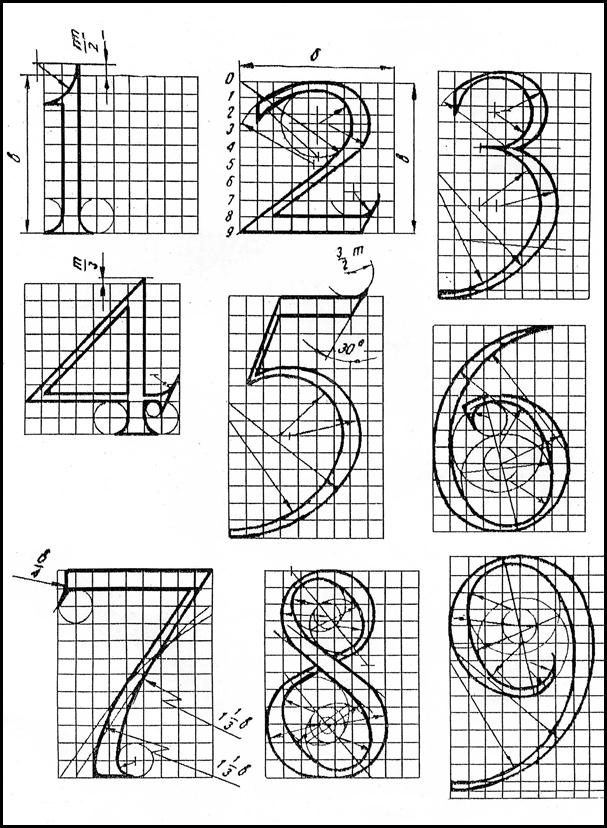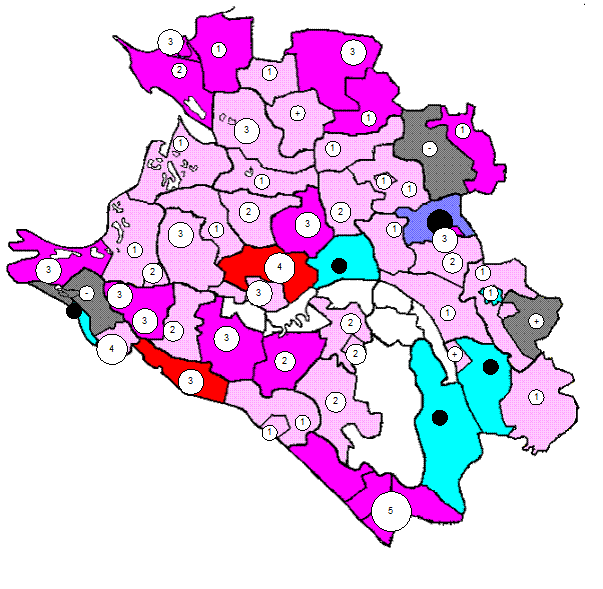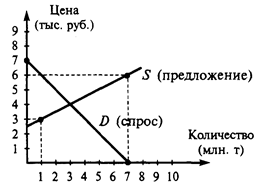Text 11. DEMAND
According to an old joke, if you teach a parrot to say «Demand and supply», you have an economist. There is an element of truth in this quip. The tools of demand and supply can take us far in understanding not only specific economic issues but also how the entire economy works. The circular flow model in the previous Units identified the participants in the product and resource markets. There, we asserted that prices were determined by the «interaction» between demand and supply in these markets. In this Unit we examine that interaction in detail, explaining how prices and output quantities are determined. You now know that a market is an institution or mechanism which brings together buyers («demanders») and sellers («suppliers») of particular goods, services, or resources. Markets exist in many forms. The corner gas station, the fast-food outlet, the local music store, a farmer's roadside stand - all are familiar markets. The London Stock Exchange, the New York Stock Exchange, the Chicago Board of Trade are markets where buyers and sellers of stocks and bonds and farm commodities from all over the world communicate with one another and buy and sell. Auctioneers bring together potential buyers and sellers of art, livestock, used farm equipment, and, sometimes, real estate. All these situations which link potential buyers with potential sellers are markets. As our examples imply, some markets are local, while others are national or international. Some are highly personal, involving face-to-face contact between demander and supplier; others are impersonal, with buyer and seller never seeing or knowing each other. To keep things simple, we focus on markets consisting of large numbers of independently acting buyers and sellers exchanging a standardized product. These are the highly competitive markets such as a central grain exchange, a stock market, or a market for foreign currencies in which the equilibrium price is «discovered» by the interacting decisions of buyers and sellers. They are not the markets in which one or a handful of producers «set» prices, such as the markets for commercial airplanes or greeting cards. Demand is a schedule or a curve showing the various amounts of a product consumers are willing and able to purchase at each of a series of possible prices during a specified period of time. Demand, therefore, shows the quantities of a product which will be purchased at various possible prices, other things equal. This definition of demand is obviously worded to apply to product markets; to adjust it to apply to resource markets, substitute the word «resource» for «product» and the word «businesses» for «consumers». The definition says «willing and able» because willingness alone is not effective in the market. You may be willing to buy a Mercedes, but if this willingness is not backed by the necessary money, it will not be effective and, therefore, not be reflected in the market. Demand can easily be shown in table form. The portrayal of demand in table form can reflect, say, the relationship between the possible prices of corn and the quantity of corn the consumer would be willing and able to purchase at each of these prices. But the table showing demand does not tell us which of the possible prices will actually exist in the corn market. This depends on demand and supply. Demand is simply a statement of a buyer's plans, or intentions, with respect to the purchase of a product. To be meaningful, the quantities demanded at each price must relate to a specific period - a day, a week, a month. Saying «A consumer will buy 10 bushels of corn at $5 per bushel» is meaningless. Saying «A consumer will buy 10 bushels of corn per week at $5 per bushel» is clear and meaningful. Without a specific time period we would not know whether demand for a product was large or small.
|




